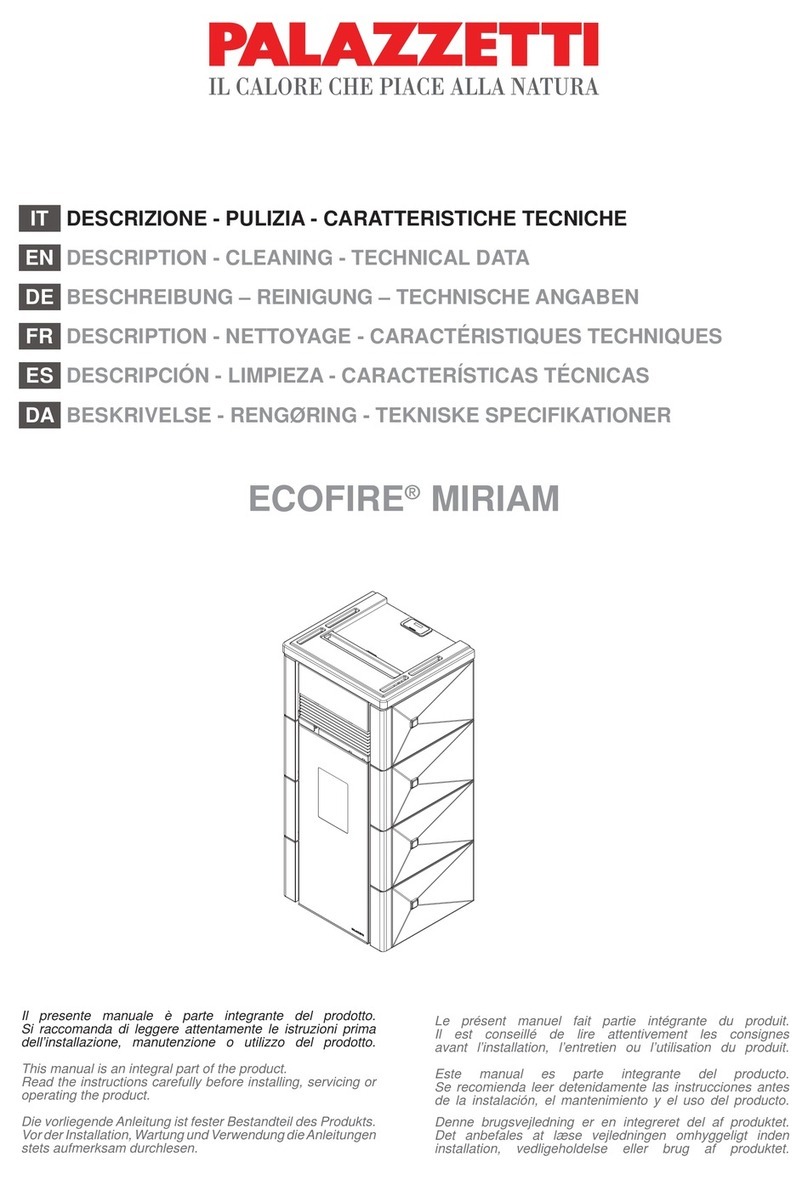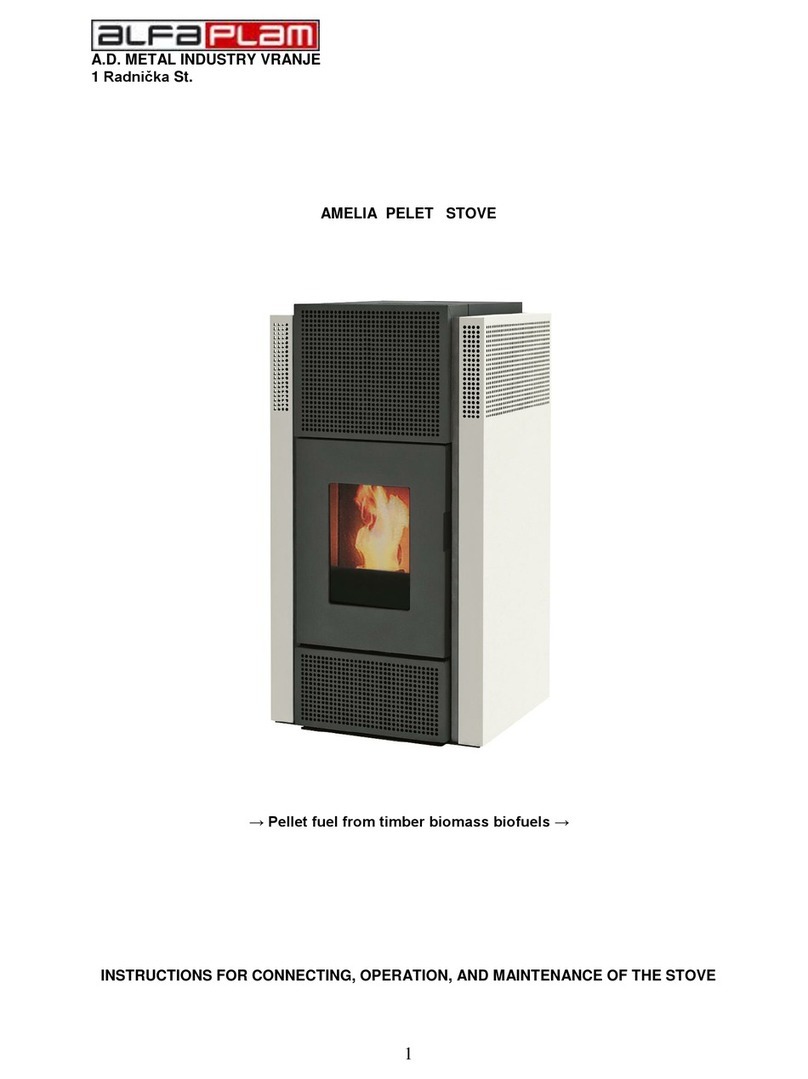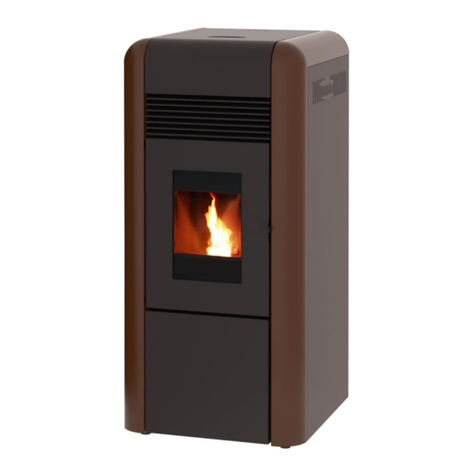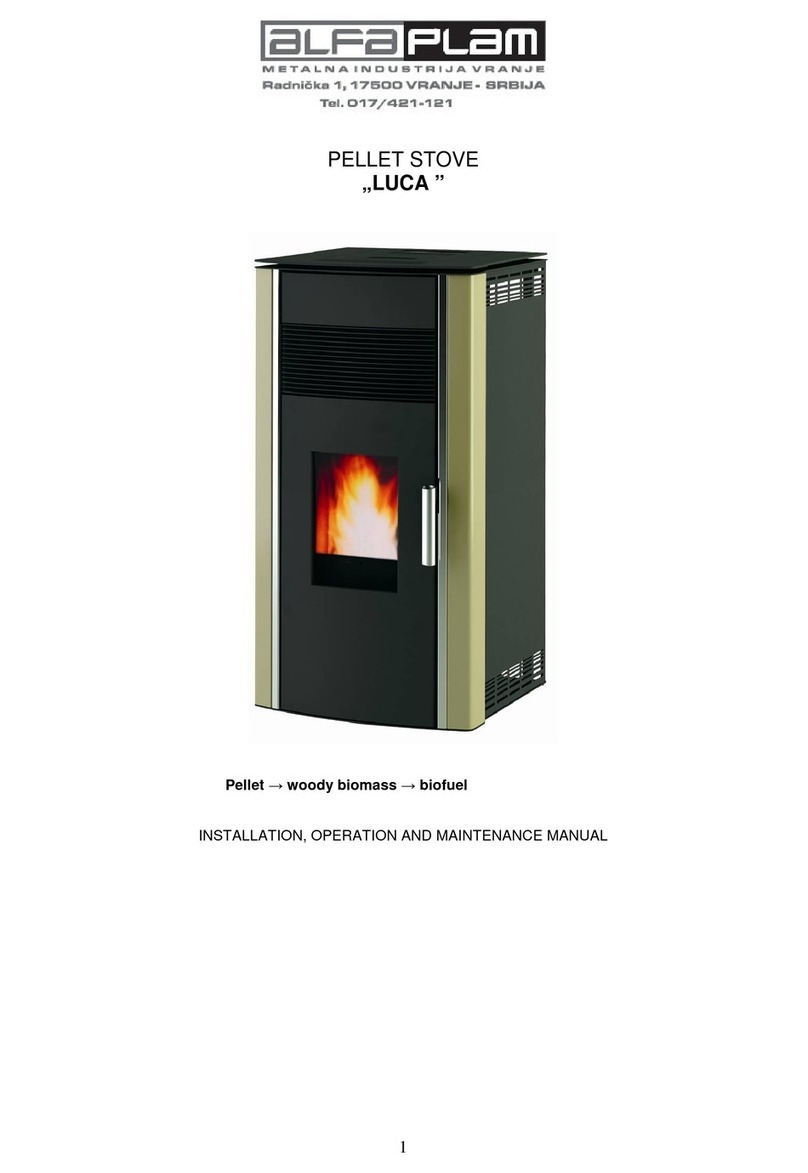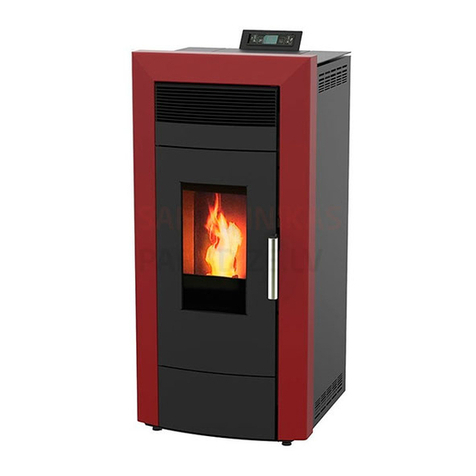TABLE OF CONTENTS
1. THE PURPOSE OF THE USER GUIDE......................................................................................................1
2. RESPONSIBILITY OF THE MANUFACTURER ..........................................................................................1
2.1. REQUIRED GENERAL STANDARDS ....................................................................................................1
2.2. The following harmonized standards and/or technical specifications have been applied:...................1
2.3. TRANSPORT AND MOVEMENT OF PELLET BOILERS.......................................................................... 1
2.4. RESPONSIBILITY OF THE INSTALLER ............................................................................................... 2
3. INSTALLATION ..................................................................................................................................... 2
3.1. SETTING UP .....................................................................................................................................2
3.2. THE FLUE GAS EXHAUST SYSTEM.................................................................................................... 4
3.3. AIR SUPPLY ..................................................................................................................................... 6
3.4. CONNECTION TO THE POWER SUPPLY ............................................................................................. 6
4. NON-RETURN VALVE............................................................................................................................7
4.1. MIXING VALVE..................................................................................................................................7
5. BOILER FIRST STARTING ......................................................................................................................7
6. SAFETY WARNINGS..............................................................................................................................8
6.1. SAFETY WARNINGS FOR SERVICE PERSONNEL................................................................................8
6.2. SAFETY WARNINGS FOR USERS.......................................................................................................8
7. INSTRUCTIONS FOR BOILER SAFE STARTING AND SAFE CLEANING .....................................................9
7.1. ROUTINE MAINTENANCE AND CLEANING......................................................................................... 9
7.2. INSPECTION AND PARTS THAT NEED TO BE MAINTAINED............................................................... 10
7.3. ADDITIONAL MAINTENANCE .......................................................................................................... 10
8. IMPORTANT SAFETY INFORMATION................................................................................................... 10
9. PELLET QUALITY IS VERY IMPORTANT............................................................................................... 10
9.1. PELLET STORAGE........................................................................................................................... 11
10. BOILER CONTROL SYSTEM................................................................................................................. 11
10.1. Electrical connection diagram......................................................................................................... 12
10.2. Control panel (display) –keys and functions .................................................................................. 12
10.3. Menu ............................................................................................................................................. 14
10.3.1 Combustion Management Menu.......................................................................................................... 15
10.3.2 Heating Management Menu ................................................................................................................ 16
10.3.3 Chrono Menu ...................................................................................................................................... 17
10.3.4 Load Menu.......................................................................................................................................... 18
10.3.5 Time and Date Menu ........................................................................................................................... 18
10.3.6 Remote Control Menu ......................................................................................................................... 18
10.3.7 Language Selection Menu ................................................................................................................... 19
10.3.8 Keyboard Menu................................................................................................................................... 19
10.3.9 System Menu...................................................................................................................................... 19
10.4. Ignition of the boiler and working phases........................................................................................ 19
10.5. Possible problems and solutions .................................................................................................... 20
11. INFORMATION ON THE DISPOSAL AND STORAGE OF THE BOILER ...................................................... 22
12. TECHNICAL CHARACTERISTICS OF THE GRANDE 37 - PELLET BOILER................................................ 23
13. DIMENSIONS OF BOILER –GRANDE 37 .............................................................................................. 24
14. Scheme of hydraulic installation of pellet boiler –GRANDE 37 ............................................................ 25
